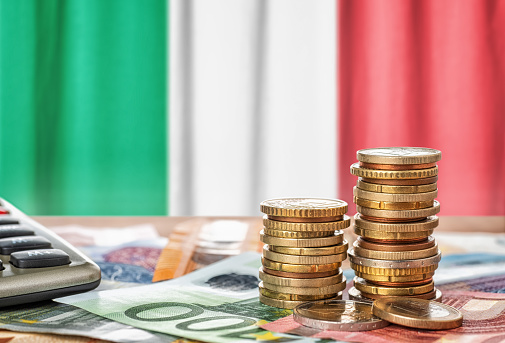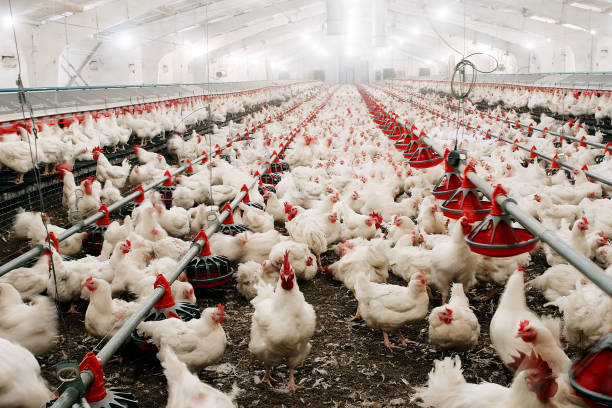The Italian Economy
Since 2008, the Italian economy has seen a gradual increase in merchandise exports, which has outstripped imports. As a result, the country ended last year with a trade balance surplus. Italy relies heavily on imports of energy and fuels, which account for about one-fourth of its total imports. Other major imports include raw materials and machinery, which account for another ten percent of total imports. Food products make up the remaining seven percent of the country’s total imports.
Exports to the EU
Italy is a major exporter to the EU, accounting for nearly 60 percent of total Italian exports. However, Italy’s trade balance is highly volatile and reacts sharply to changes in its economic cycle and real exchange rate. The Italian economy has traditionally relied on manufacturing exports, such as automobiles, but also exports culinary products, such as Italian wines and cheese. The Italian government also actively promotes its products abroad, such as Italian-style pasta and pizza.
Italy’s imports mainly consist of metal and engineering products, with many of these goods coming from other EU countries. Other important imports include chemicals, vehicles, and minerals. The country also imports a significant amount of oil, most of which comes from the Middle East and North Africa.
The Italian economy is one of the most important trading nations in the world. In 2013, it exported EUR 448 billion worth of goods, ranked as the 10th largest exporter in the world and the 11th largest importer in the world. Italy’s main trading partners are all EU countries, with Germany accounting for a quarter of all exports. Other important trading partners are France and the United States, which together account for over half of Italy’s exports.
Despite the current economic crisis, Italy has several key strengths that make it a desirable export destination. It is the second-largest producer of industrial goods in the EU and a leader in the pharmaceutical industry. Export structure is similar to Germany’s, with Italy leading in automotive production, medical products, and mechanical engineering.
Exports to the U.S.
Italy’s exports to the U.S. include food, apparel and machinery. In addition, food and beverage products are a key export sector for Italy. In 2021, Italy is expected to record a strong growth rate in its exports to the U.S. Compared to the same period in previous years, the Italian economy is expected to enjoy an increased share of the US market of 2.2%.
The Italian Trade Agency is coordinating the promotion of the Italian economy in the U.S. through a variety of different media. The agency works closely with Italian companies operating in the United States to exchange information and contacts. Additionally, the agency supports cultural exchanges by holding year-round events.
In addition to promoting Italian exports, the Italian government also aims to improve its trade relations with the U.S. Through the Italy-US trade treaty, the two nations have agreed to eliminate double taxation on income. The treaty also prohibits the practice of fiscal evasion and avoidance. Italy also implements the European Dual Use Export Control Annex. The Ministry of Economic Development and the Ministry of Foreign Affairs has dual-use item licensing units that oversee the export of dual-use items and munitions.
Despite the trade war between the U.S. and China, Italy may benefit from the situation. If the trade deficit shrinks, Italy could export more to China. In addition, the restrictions on imports from China may allow Italy to export more goods to the U.S.
Economic growth
Although the country has experienced a slowdown in recent years, the country is still playing a significant role in Europe’s economy. Its membership in the EEC and climate of international competition have exposed some shortcomings in its low-wage policy and export-led strategy. The government has taken measures to mitigate the impact of these challenges, but the negative effects of high energy prices are expected to take over towards the end of the year. Consequently, the economy of Italy is forecast to enter a contractionary phase during the first half of 2023. In the second half of 2023, the country is expected to begin to recover in a tangible manner.
The reasons for Italy’s slowdown are numerous. The majority of explanations rely on structural factors, which are quasi-constants. The slowdown in Italy’s growth cannot be explained by using this approach, which makes it difficult to determine the reasons behind it. Hence, a better way to assess the reasons for Italy’s sluggish growth is to identify the factors that are responsible for the country’s weak adaptability to global change.
In Italy, economic growth has been low for decades. A series of structural problems have hindered the country’s economic transformation. In the 1950s, it was hit by a period of stagnation that was called a boom giolittiano.
Regional divisions
Regional divisions in the Italian economy are characterized by different levels of innovation. For instance, Rome, Milan, Florence and Venice are metropolitan innovation systems while Barcelona and Madrid are merely metropolitan regions with little integration with the rest of the country. Nevertheless, the Italian system is relatively integrated in terms of MHTM and KIS.
The industrial system in Italy was hit hard by the economic crisis in 2007-2009. The country lost about 300 bn Euro in gross investment during this period, with the southern regions suffering the most. However, regional policies were able to make up for the lack of national investment and partially compensated for this decline. These policies were supported by EU structural and cohesion funds.
Regional divisions in the Italian economy are particularly pronounced in the southern regions. Despite the economic crisis, the southern regions are not able to keep up with the productivity and employment levels of their northern counterparts. This situation may further worsen the already high regional inequality, which has been a characteristic of Italian politics for centuries.
Despite the pronounced economic differences between north and south Italy, the Italian welfare ratio was higher than other European countries in the late nineteenth century. In fact, the welfare ratio was higher than the average for urban workers in Japan and China. Moreover, the Italian welfare ratio was slightly above that of the other less-developed countries included in the World War I sample.
Fiscal policy
The Italian economy is currently under fiscal stress, due to a high public debt and high public expenditure. It also suffers from high levels of tax evasion and the black economy. As a result, the country has consistently faced high fiscal pressure over the years, at 42.4% in 2019. It is also a country where the tax burden is not equally shared among the population.
This crisis has changed the dynamics of Italian economic policy. It forced the government to spend more, leading to a massive increase in public debt and deficit spending. Since then, the Draghi government has continued to invest in the economy and redirected public spending towards infrastructural and digital investments, which will encourage faster growth.
The government also announced a wide-ranging package of labour and social policies. These measures included an extension of the labour-market deregulation that began in the 1990s. These measures resulted in a significant increase in fixed-term contracts and pushed back trade unions, which led to an overall decline in real wages.
Italy’s government’s debt to GDP ratio has reached a record high of 132.4% since 2004. It is the second-largest public debt in the Eurozone, and the fifth-largest debt in the world. As a result, the government has been forced to raise interest rates on government debt. This may cause concerns about Italy’s fiscal sustainability.



